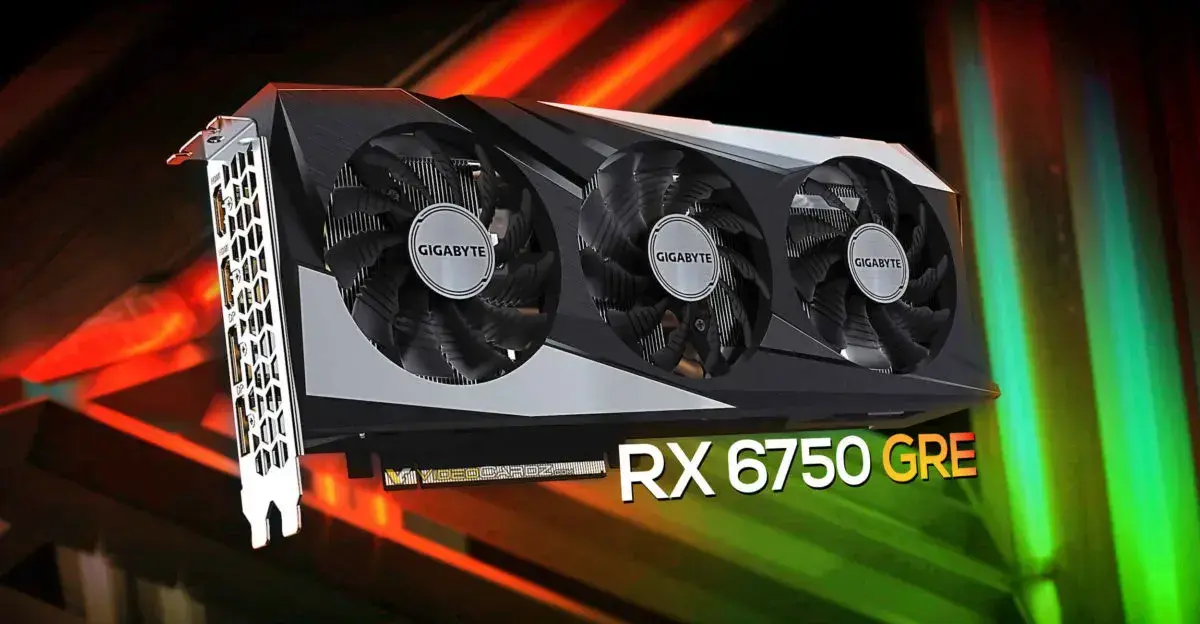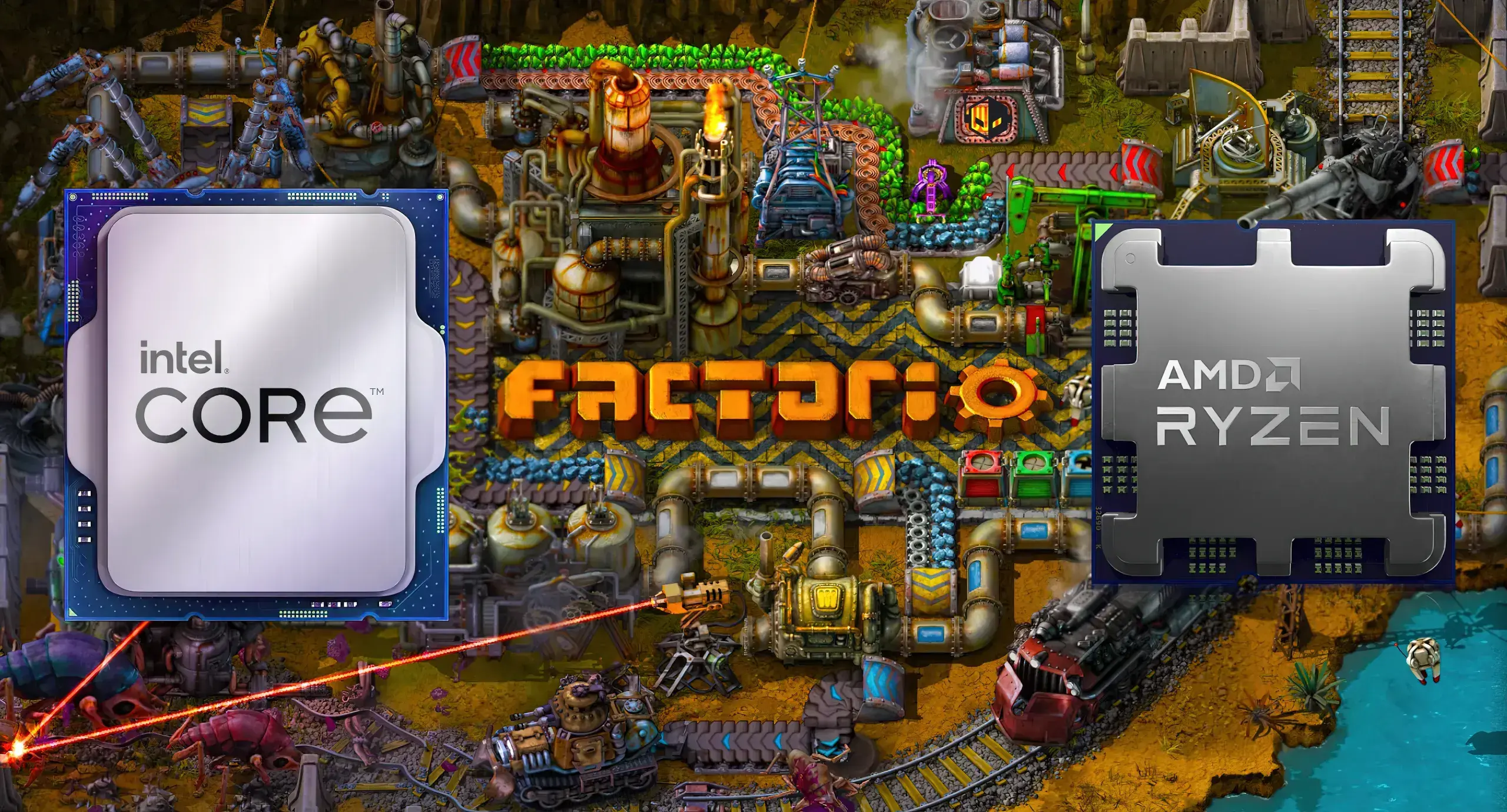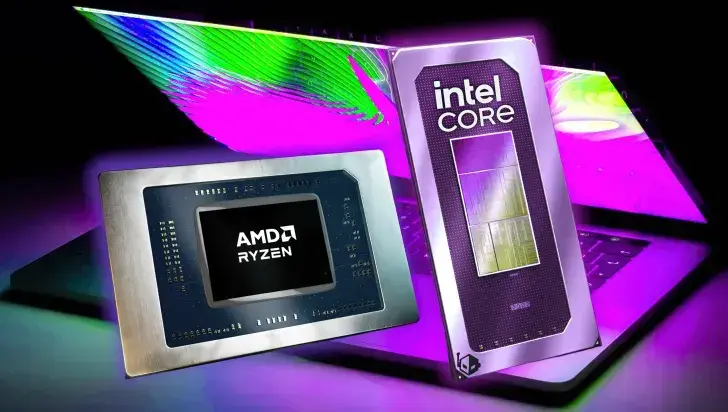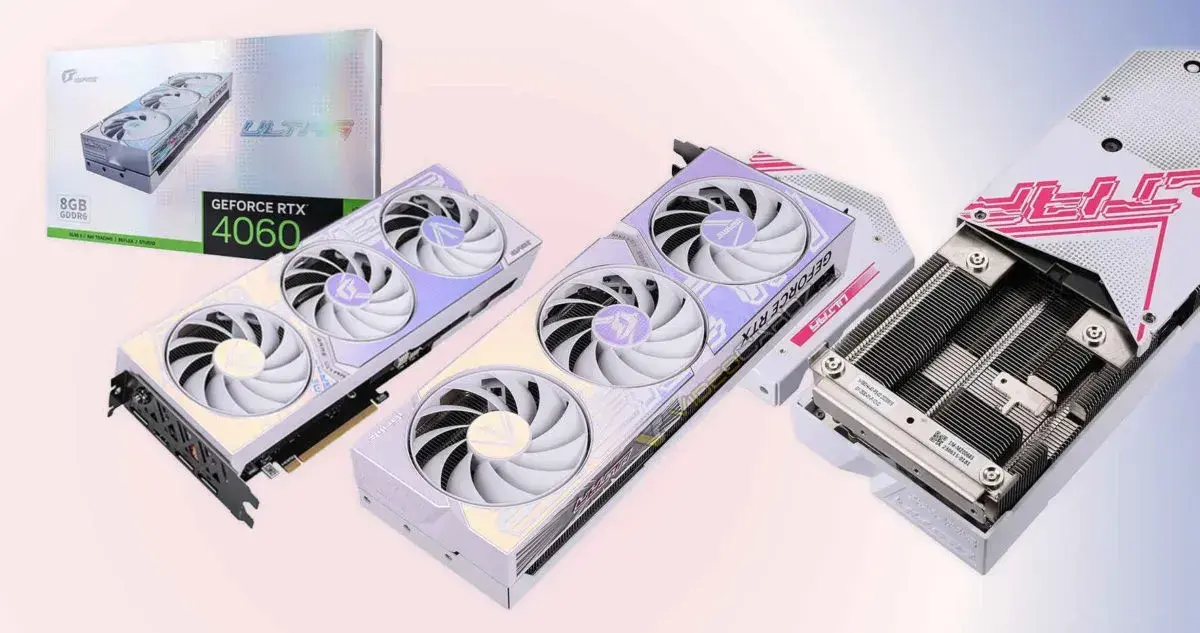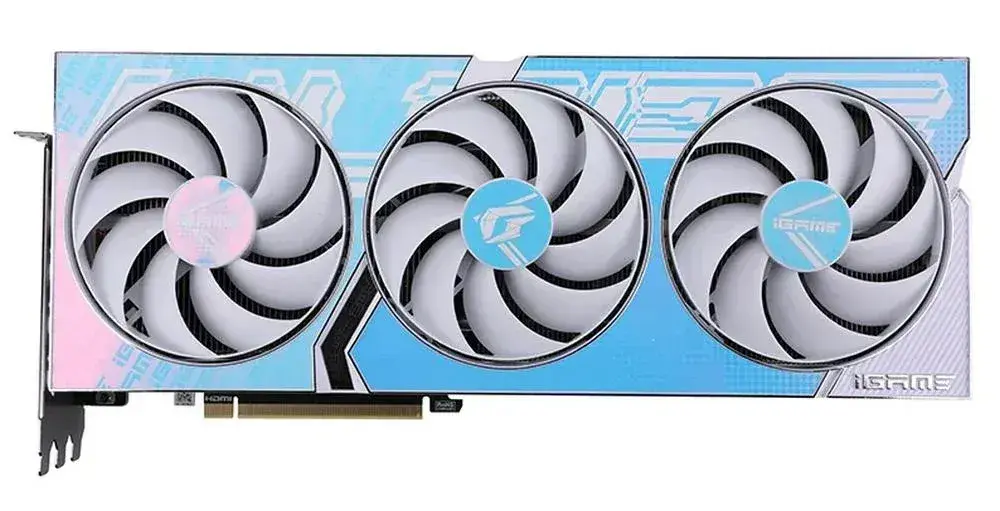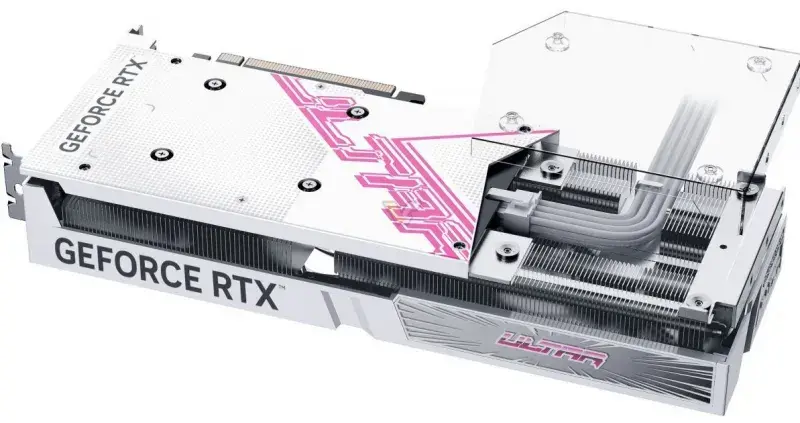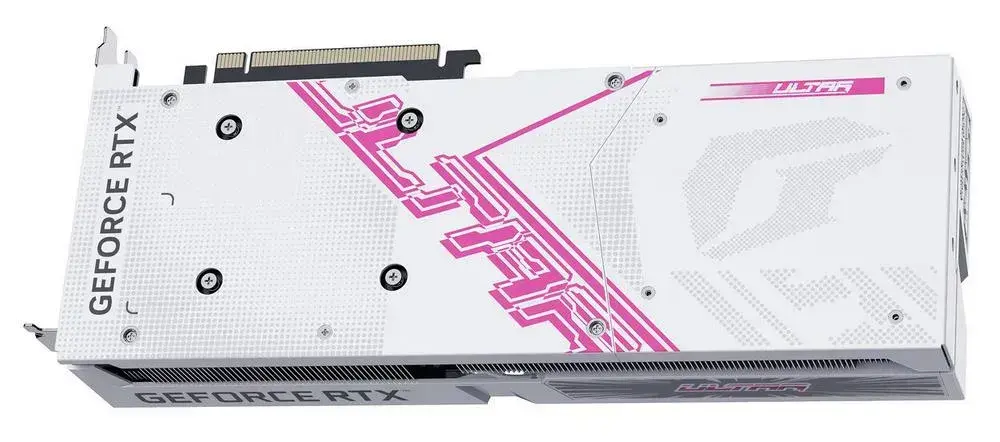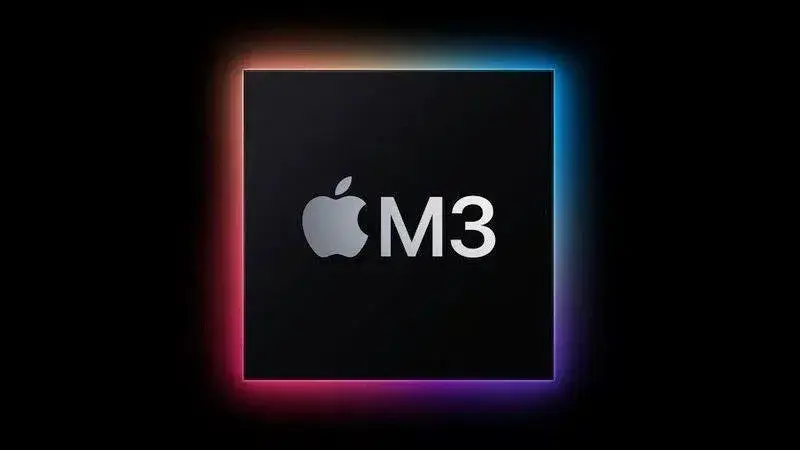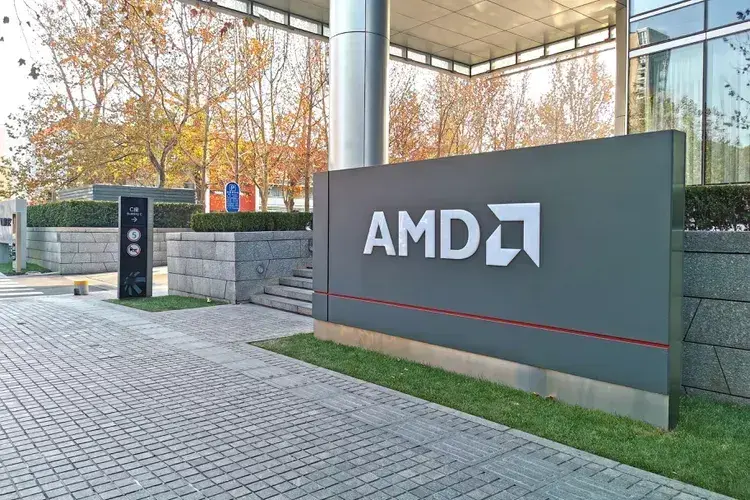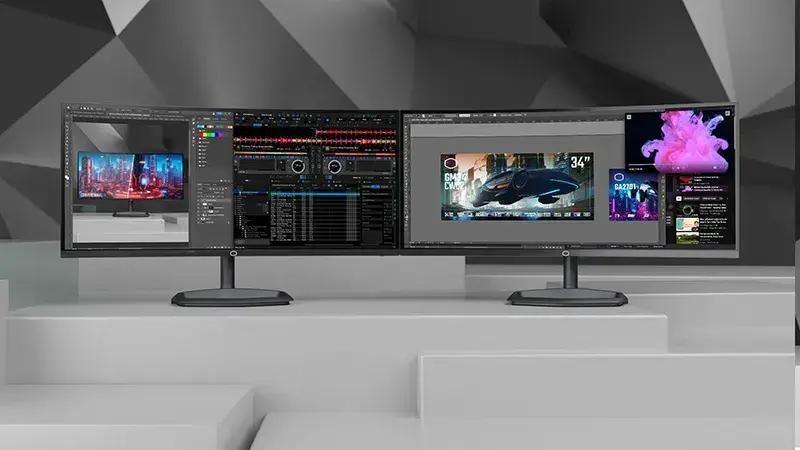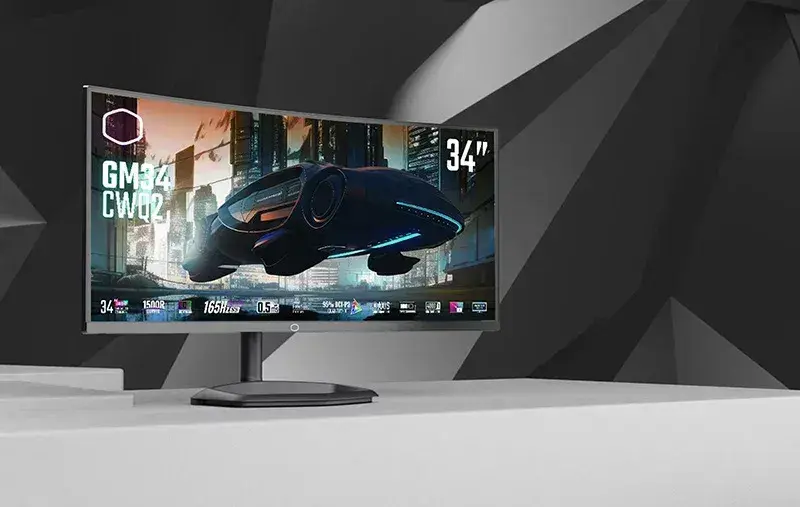The world of graphics cards is about to witness a significant evolution with the introduction of AMD’s Radeon RX 6750 GRE 12GB Graphics Card, set to launch on October 18th. This highly anticipated release showcases AMD’s continuous efforts to provide groundbreaking graphics solutions for both dedicated gamers and professionals.
Stellar Specifications
One of the key highlights of the Radeon RX 6750 GRE is its robust 12GB GDDR6 memory, ensuring smoother performance even in the most graphics-intensive scenarios. This feature is particularly beneficial for individuals who enjoy high-end gaming or engage in professional graphic design and video editing tasks. The improved memory bandwidth will significantly enhance the user experience by reducing potential lag and rendering issues.
Moreover, the RX 6750 GRE is expected to come with a set of cutting-edge features that will push the boundaries of what gamers can expect from a mid-range graphics card. The launch is particularly timely, given the current high demand for more advanced graphics solutions capable of supporting the latest gaming titles and professional applications.

A Competitive Edge
AMD has been in a stiff competition with other industry giants like NVIDIA. The launch of Radeon RX 6750 GRE is a clear indication of AMD’s commitment to keeping up with, if not surpassing, the competition. The upcoming graphics card is not only about superior performance but also about providing a more cost-effective solution to gamers and professionals alike.
The Radeon RX 6750 GRE is expected to provide a better price-to-performance ratio, making it an attractive option for those who are looking to upgrade their graphics solution without breaking the bank. While the exact pricing details have not been disclosed yet, the buzz surrounding the release suggests that AMD is aiming to provide a competitively priced product while not compromising on performance.
Launch and Availability
The Radeon RX 6750 GRE is set to launch on October 18th, with a primary release in China. The graphics card will also be available for DIY enthusiasts, as confirmed by Gigabyte. This opens up a new avenue for those who prefer building their own PCs to tailor the specifications to their individual needs.
As the launch date approaches, the excitement within the gaming and professional communities continues to build. The AMD Radeon RX 6750 GRE 12GB Graphics Card is not just a new product; it’s a statement by AMD, showcasing its dedication to delivering high-quality, performance-oriented graphics solutions.

